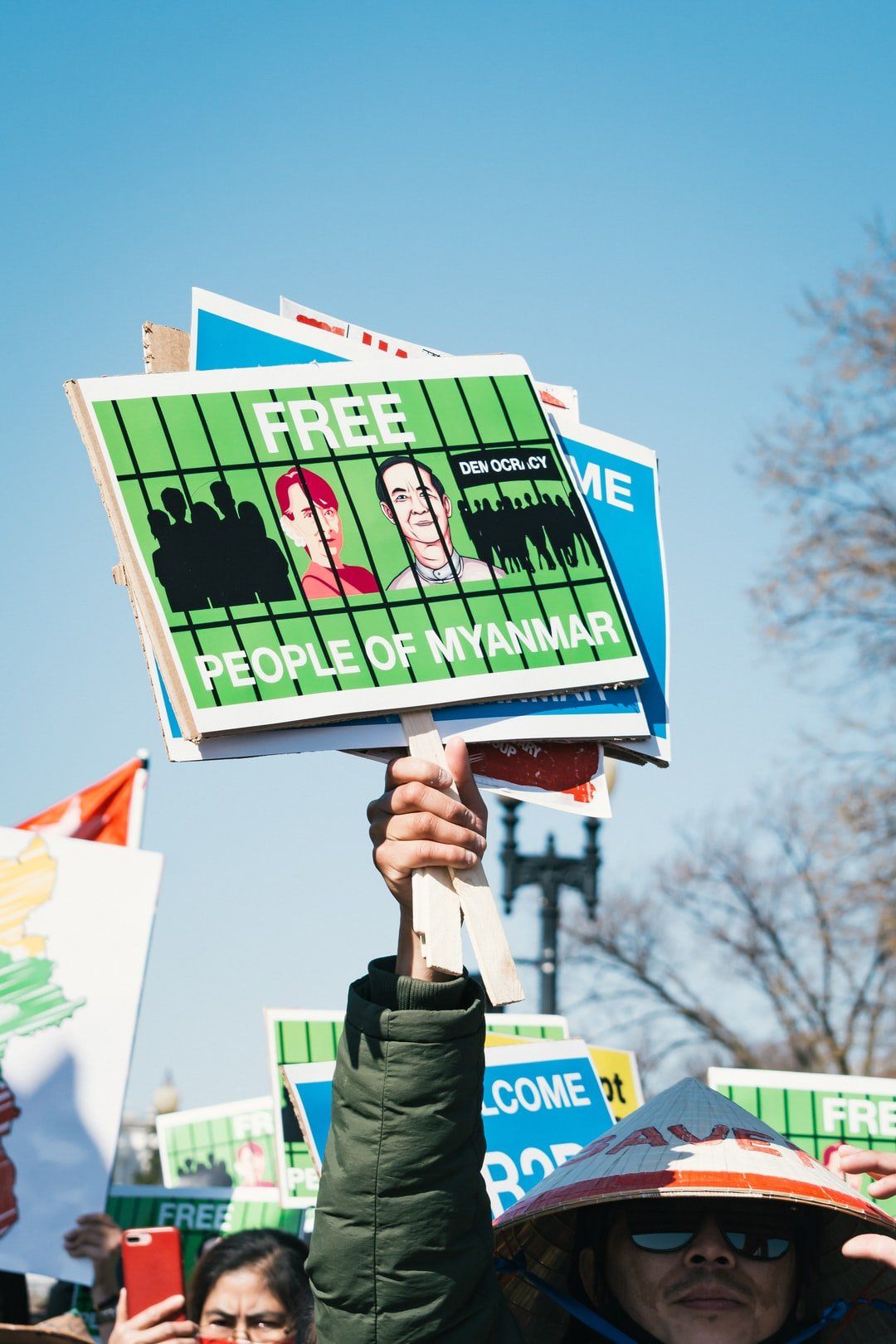CLIMATE POLITICS
The UNFCCC Goes Digital-ish
Since the signing of the landmark United Nations Framework Convention on Climate Change (UNFCCC) in 1992 there have been sporadic meetings to discuss amendments and changes to the global response to Climate Change. These COPs have become rather large and important diplomatic events, bringing together heads of state from around the globe. Last year, however, several countries including two of the five largest emitters of CO2 have decided to forgo the usual private jets and closed door meetings for brief virtual meetings instead.
Jeremy Zimmermann
September 21, 2022
COP 26
Last year’s meeting, COP 26, has already seen the effects of a post-covid world having been postponed an entire year due to the importance of in-person discussions. As a result, COP 26 only began on 31 October 2021 in Glasgow, Scotland, with rather ambitious goals; to reach net-zero emissions by mid-century, to keep global warming below 1.5 degrees, and the establishment of an international carbon crediting regime in order to make these goals possible.Noticeable absences overshadowed Sir David Attenborough's opening speech such as, President Xi Jinping and President Vladimir Putin. Meanwhile, PM Fumio Kishida of Japan made last-minute plans to attend for only one day following an outcry of criticism. While all three leaders pledged to attend virtually, there is a clear imbalance between the in-person and virtual presence with the leaders expected to only make a one-off token speech.
While those three leaders represent some of the world’s largest emitters, they are not alone in opting for a virtual presence. Numerous leaders cited health concerns including, among others, Pope Francis, Queen Elizabeth, and Mexican President Andres Manuel Lopez Obrador for not attending. Meanwhile President Erdogan of Turkey and Iranian President Ebraham Raisi did not attend due to safety concerns. The COP represents what will likely become the “new normal” of international affairs, one which dips one foot into the digital realm and the other remains footed in the physical world. A new world of “digital-ish” politics.
Consequences of Going Digital-ish
The shift to a semi-virtual format has numerous impacts both environmentally and politically. It brings to light the hypocrisy of using private-jets to attend a conference addressing climate change. A single private flight to COP-26 will emit more carbon in one go than the average person does in an entire year. So with many world leaders forgoing private jets for zoom calls they will dramatically reduce their carbon footprint and avoid the hypocritical complaints from protestors.
While hypocrisy may be avoided, so too are these world leaders seemingly avoiding direct pressure to take action. Without a doubt, holding sporadic short video conferences is no substitute for the types of intense negotiations that go on at these sorts of international conferences. It seems increasingly likely that China, Japan, and Russia will be able to skate by without needing to make any serious commitments. As a result,
none of the world’s major polluters pledged to stop coal-powered plants with Japan being
criticized for its continual reliance on coal . For them the digital cloak of the conference allows them to hide without criticism.
Clearly going “digital-ish” does not work. While there are certainly benefits to virtual conferences, especially in lower carbon emissions, so long as some people are “in-person” there will be an imbalance in access to information and ability to make an impact. The COP needs to make up its mind on the digital space and make a commitment. Having this half-in half-out approach lets China, Russia, Japan, and others give an air of being present without actually being present for negotiations.
Looking at the Future: Going Fully Digital
The recent advances in international videoconferencing expedited by the COVID-19 pandemic demonstrate that intense international negotiations can be done online and it is argued by some that it should be done online. It is often fantasized by eco-futurists that there will be a miracle invention to solve the climate crisis, and there very well may be someday, yet today seemingly adequate tools already exist to greatly reduce carbon-emissions and inequalities caused by the culture of expensive private jets for environmental and world leaders. Going digital is the tool that can bring climate change mitigation into the future. No more private jets, no more expensive and lavish events, no more bragging about economic off-sets.
It is a direction that was anticipated for COP 26 even before the pandemic with one of the main goals being to resolve one of the main
unanswered questions from the Paris Accord: how to find a safe and easy way to audit and finance carbon credits internationally. Many had been arguing that
the future of carbon auditing should be done online through a
blockchain or crypto process to validate credits. While crypto is far from carbon-free, it seemingly presents a solution to one of the major concerns to an international auditing system for carbon.
While the future of the COP remains uncertain, one thing is very evident: a hybrid event does not work. COP 26 was met with high hopes and very little action made possible by major players evading direct pressure by attending virtually at a venue which placed high priority on those who intended in-person. As anyone who has attended such hybrid events knows, they often don’t work with those not there physically being side-lined. Zoom, Google meet, and a variety of other digital tools can be keys to success for future international agreements, but only if they are utilized in a proper manner that ensures no one is evading accountability.
Closing Remarks
By embracing a digital approach to diplomacy, world leaders could unlock a whole new set of tools to mitigate carbon emissions and put everyone on an even playing field. As so many organizations have gone digital in the last two years, it is unfortunate to see the hesitancy from one of the world’s organizations which has the most to gain. Instead of having
off-sets to make a COP “net-zero,” they could lead a beautiful example of how the future of business can be done. Perhaps our world leaders could learn a lesson from
Greta Thunberg on how to creatively lead by example. The transition to a net-zero and negative-carbon world is one that will require major changes to our lives and society and one which will undoubtedly coincide with the way our society emerges from this pandemic.
Jeremy Zimmerman is an environmental compliance specialist focusing on environmental and safety regulations. He graduated from a dual degree program between Sciences Po Paris and Columbia University where he studied History and Sustainable Development. He is passionate about environmental justice and the way technology can influence environmental regulations.
Read More


Watch Our Episodes




